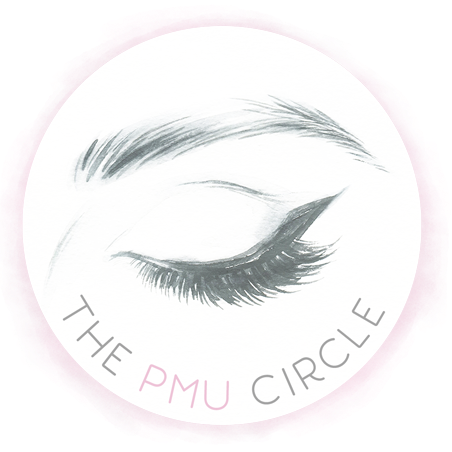Permanent makeup healing process
My permanent makeup looks like it has disappeared! Is this normal?
Yes! This is the most common question I get asked about the permanent makeup healing process, after about 4 days when the skin starts to peel.
During the healing process, it can look as though some or all of the pigment has come off or peeled away. Many people refer to this as ‘fading’ but the pigment is not fading, it is just ‘healing’ into the skin.
Pigment is implanted into the very busy upper dermal layer of the skin. The living dermis is composed of collagen fibers, nerves, sweat glands, sebaceous (oil) glands, blood vessels and basically everything that keeps skin connected to the rest of the body. The healing can take 3-4 weeks, sometimes months.
Oil and sweat glands may repel or dilute the pigment.
Peeling stage – Approx. Day 4 – 10 (Post procedure)
Initially, the ink is deposited in both epidermis and dermis. After about 3-4 days of your procedure area looking very dark, the top surface of skin (the damaged epidermal cells ) are shed through natural exfoliation, almost like sunburn peeling. This shedding will take away the excess pigment that did not find its way into the upper dermal layer during the procedure and is why the colour may look like it’s disappeared or just less deep and vibrant.
Renewal Stage of Healing – Approx. Day 6 -30 (Post Procedure)
During the skin renewal process, the epidermal cells that have been shed are replaced by a new, thin layer of pigment-free epidermal cells which cover the pigment underneath.
These new cells naturally die and turn a dry, opaque white colour, forming what appears like a layer of white tissue paper over the pigment.
At the same time as this process occurs, the immune systems’ white blood cells (the macrophages) are trying to repair the skin and get rid of the pigment particles (foreign body). The macrophages virtually ‘eat’ the pigment in an effort to clean up the inflammatory mess. As these cells travel through the blood vessels, some of them are carried lower into the skin, with a belly full of dye, into the lymph nodes while others remain visible in the dermis.
Does the pigment reappear?
Yes, 9 out of 10 times, the pigment will become visible again, after about 3-4 weeks, although will be softer and nearer to the colour you chose. As the macrophages settle and stay in the dermis, we can see the final healed colour. Remember, you will always have a layer of epidermal cells covering the pigment. If you let these dry out, they will turn opaque white and cover the pigment.
Does everyone’s skin heal in the same way?
The permanent makeup healing process is the same, but everyone’s skin and immune system is different in how it heals and deals with the pigment. Also, your immune system changes day by day, depending on whether you are fighting a cold, virus or just under the weather. Sometimes, particularly after your first treatment, the macrophages can do their job very well and take the pigment deep into the skin leaving little remaining in the dermis. After a follow up treatment, your macrophages may not work as hard, leaving more pigment in the dermis. You may heal differently after each treatment session, depending on how your immune system deals with the pigment over the days following that particular procedure.
How does this affect my treatment plan?
Well, as highlighted above, the complexity of the permanent makeup healing process, the busy composition of the dermis, and your individual and changeable immune system, all mean there is no guarantee of a completely even, non-patchy result. Therefore, after the one included touch-up procedure you receive with cosmetic tattoos (excluding medical micro-pigmentation) there will be a charge per procedure for any alteration /pigment replacement /touch up, to cover materials and time.
How can I prepare my skin for getting a permanent makeup treatment?
Sun protection and gentle exfoliation! Chronic sun damage can degrade collagen. This means skin is thickened, dry and wrinkled – not exactly the perfect canvas for a Permanent Makeup treatment. So sun protection is crucial before – and after Permanent Makeup. You may also want to keep skin healthy and hydrated by exfoliating regularly and keeping the barrier intact.
How do I look after my permanent makeup long term?
Caring for skin that has Permanent Makeup within it doesn’t have to be complicated. With time, the colors will fade as the cells renew themselves, but the epidermis can also become dull and dry and much like white, opaque tissue paper again, when not properly cared for. So using hydrating serums and moisturisers will keep the epidermis smooth and clear, revealing the bright pigments below. The best way to protect your tattooed skin is to protect it from UV damage. Broad-spectrum UV protection and proper skin care on a daily basis will ensure the colour remains bright.
© Jo Bregazzi , 2019 Reference Dr. Claudia Aguirre, Tattoos and Skin Health, The International Dermal Institute

